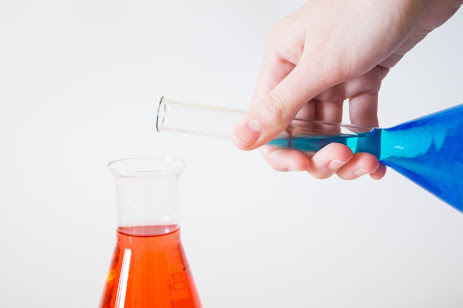Antistatic Agents Market: Size, Growth, And Market Analysis
What is an antistatic agent?
An antistatic agent is a substance that is used to treat materials or their surfaces in order to lessen or eliminate static electricity buildup. The triboelectric effect or a non-contact approach using a high voltage power source can both generate a static charges. As part of the in-mold label printing process, static charge can be applied to a surface.
Market Analysis:
The antistatic agents market will increase at a CAGR of 6.3 percent from 2019 to 2024, from USD 437 million to USD 594 million. Antistatic agents are in high demand in the packaging, electronics, and textiles industries, which is fueling the growth of this market. The key factors that have led to the rise of the packaging, electronics, and textiles sectors around the world include rising population, continued urbanization, and increased disposable income of the middle-class population. This, in turn, is likely to propel the global market for antistatic agents forward.
In terms of value and volume, the ethoxylated fatty acid amines sector of the antistatic agents market is expected to grow at the fastest CAGR from 2019 to 2024. The high processing stability of ethoxylated fatty acid amines, as well as the better performance benefits they provide when compared to other forms of antistatic compounds, can be contributed to the segment's rise.
Antistatic compounds such as ethoxylated fatty acid amines are frequently used in the packaging industry to remove or minimize static charge build-up on the surfaces of films and sheets.
In terms of value, the liquid segment is expected to account for the greatest proportion of the antistatic agents market in 2019. When compared to other types of antistatic agents, liquid antistatic agents have a higher potential to migrate over material surfaces. These chemicals are mostly employed in spraying and effective dyeing. Liquid antistatic chemicals produce non-sticky surfaces with effective antistatic qualities, which assist weaving operations in the textile sector. These ionic liquids can be transparent or translucent, and as a result, they have no effect on the end product's optical qualities.
Packaging, electronics, automotive, textile, and other end-use sectors dominate the antistatic agents market. The packaging industry's demand for plastics and resins is rapidly increasing. Antistatic agents are one of the most common functional agents used in the production of plastic resins in the plastic industry. The proper handling of wastes and disposables created by the packaging and electronics sectors is one of the major issues addressed by antistatic agent manufacturers.




Comments
Post a Comment